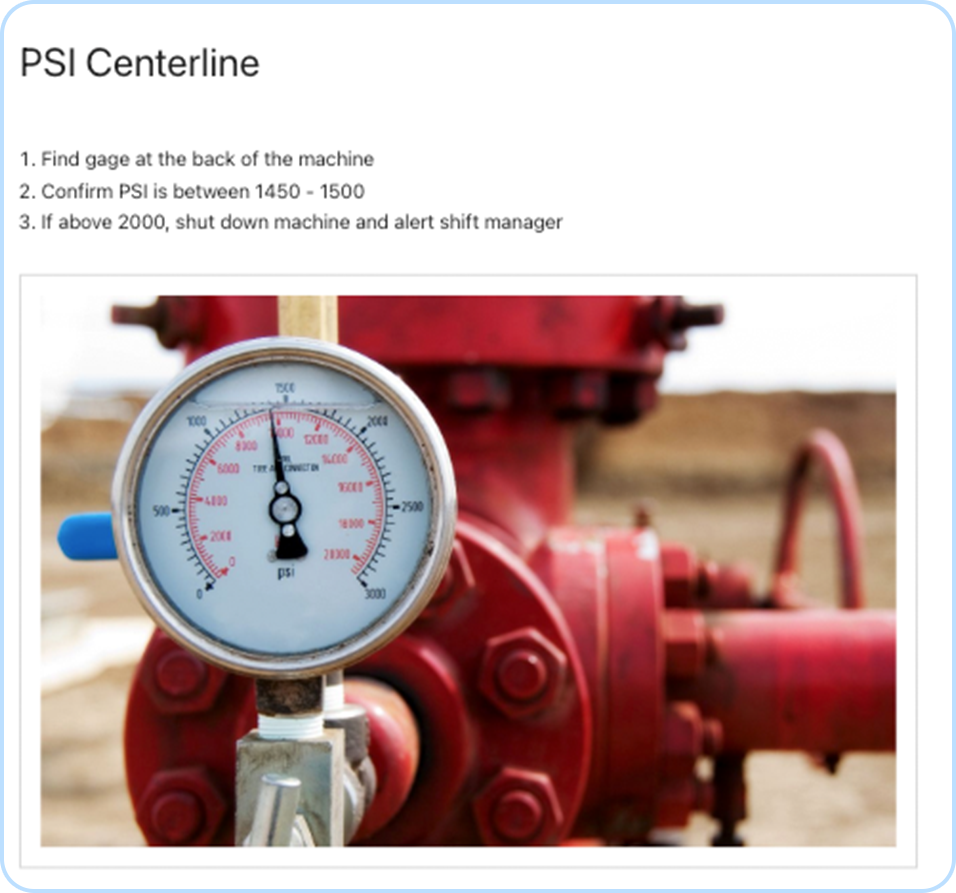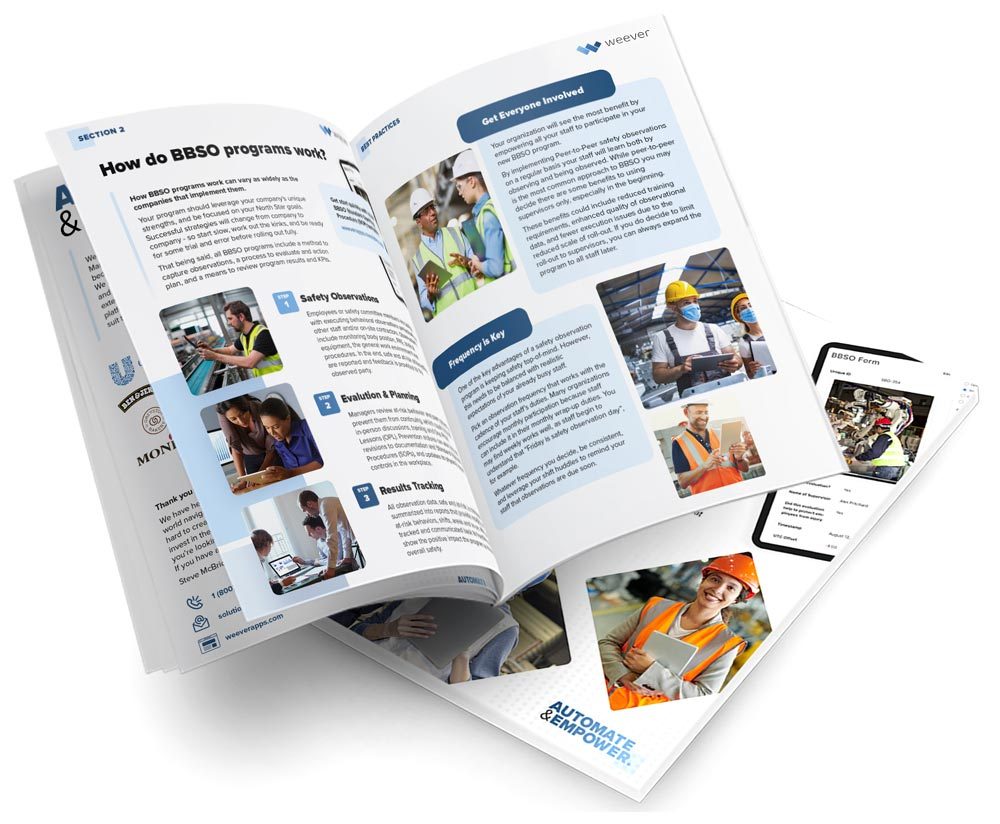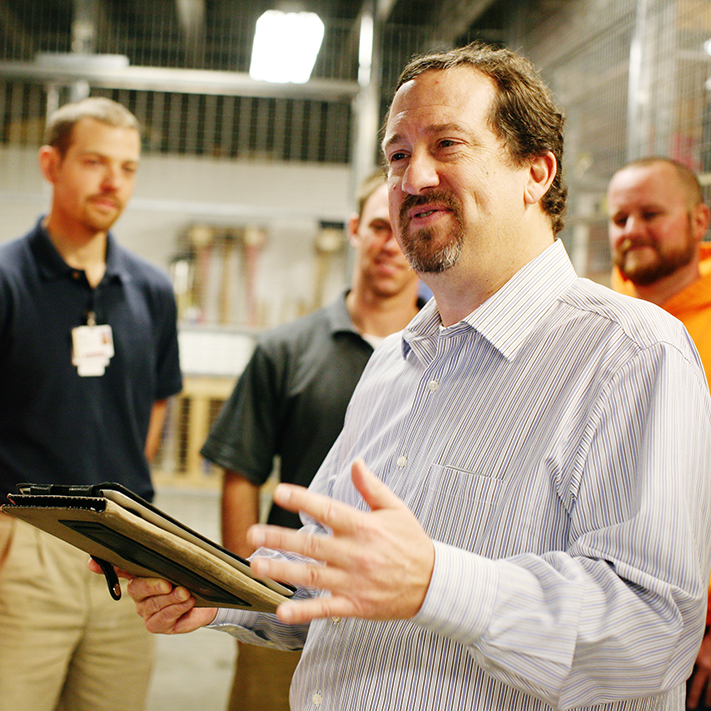Employee Engagement
Autonomous Maintenance Benefits of Digitization
Complicated manual processes, data entry, messy paper forms or complicated spreadsheets can doom your new Autonomous Maintenance program to failure. Fortunately, Industry 4.0 and digitization provide us with many new tools to help make the implementation and execution of AM much easier.
Read MoreAutonomous Maintenance Best Practices
Here are some of the best practices and core challenges we’ve found helping massive global organizations, as well as regional manufacturers, to reap the benefits of Autonomous Maintenance over the last decade.
Read MoreHow Autonomous Maintenance Programs Work
Deciding that you’d like to implement Autonomous Maintenance in your plant is a great first step towards promoting a more efficient and profitable plant. Now you’re faced with the real challenge – how to begin?
Read MoreThe Benefits of Autonomous Maintenance
When properly implemented, AM can have a massive impact on the efficiency and profitability of a factory by reducing downtime, unplanned stoppages, while increasing OEE. The basic promise of AM is that it “outsources” simple maintenance tasks to operators which relieves maintenance teams to focus on more proactive concerns.
Read MoreWhat is Autonomous Maintenance?
Autonomous Maintenance, or AM, is part of the Total Productive Maintenance (TPM) school of Lean Manufacturing. It is one of the 8 TPM pillars which aims to increase the productivity of a plant in a sustainable way.
Read More6 critical success factors of Behavior-Based Safety Observation Programs (BBSO)
Before you being rolling out your Behavior-Based Safety Observation program, you should consider the following questions. Determining the answers to these questions will ensure a flawless rollout and save time and headaches down the road.
Read MoreBehavior-Based Safety: A Brief History
The almost century-long history of Behavior-based safety began with research conducted by Herbert William Heinrich in the early thirties. Mr.Heinrich worked for Traveler’s Insurance Company in the early thirties. He reported that roughly 90% of all accidents, injuries, and illnesses were the result of what he called “worker errors.”*
Read MoreBehavior-Based Safety Observations Best Practices
Behavior Based Safety Observation programs (or BBSOs) have a 50 year track record of helping staff identify at-risk behavior and helping build safety-first work cultures. Many companies struggle with their BBSO programs due to poor employee adoption, tedious paper-based processes, and difficulty viewing trends in their data. Today we will highlight some best practices from a safety leader who has made their facility safer with BBSO.
Read MoreA Digital Do-Over: Transforming a Failing BBSO Program with Tech
Michael is the HSE manager working in a medium-sized factory in New Jersey. They implemented their own BBSO program, rolling out a paper-based system.
Read MoreMartin SC saves over $70K per year with Weever
Weever specializes in digitizing operational workflows. We work with organizations of all shapes and sizes who are frustrated with paper forms and spreadsheets. They want to save money, become more efficient, and spend their time more wisely.
Read More








